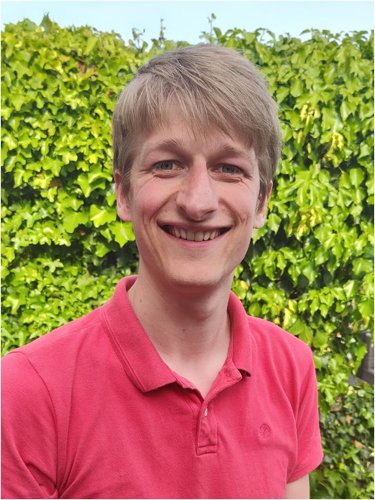Integrated Spasticity Assessment and Treatment using Disentangled Joint Impedance
The PhD defence of Ronald van 't Veld will take place (partly) online and can be followed by a live stream.
Ronald van 't Veld is a PhD student in the research group Biomechanotronics and Rehabilitation Technology (BRT). Supervisor is prof.dr.ir. H. van der Kooij and co-supersvisors are dr. E.H.F. van Asseldonk and dr.ir. A.C. Schouten, all from the Faculty of Engineering Technology (ET).
 Spasticity, i.e. an exaggerated stretch reflex, can severely impair walking ability and functional independence. The substantial burden which spasticity places on both patients and the healthcare system calls for improvement and personalization of spasticity treatment. At present, many spasticity treatments, even those used within standard care, lack evidence of efficacy and cost-effectiveness. Moreover, objective and reliable quantification of spasticity is essential to enable a correct diagnosis and treatment plan. Spasticity is observed as increased joint resistance, similar to other symptoms like fibrosis and hypertonia. These various origins of joint hyper-resistance require different treatment plans. Therefore, disentangling joint hyper-resistance, and as such separating spasticity from other symptoms, is important to select the best available treatment plan.
Spasticity, i.e. an exaggerated stretch reflex, can severely impair walking ability and functional independence. The substantial burden which spasticity places on both patients and the healthcare system calls for improvement and personalization of spasticity treatment. At present, many spasticity treatments, even those used within standard care, lack evidence of efficacy and cost-effectiveness. Moreover, objective and reliable quantification of spasticity is essential to enable a correct diagnosis and treatment plan. Spasticity is observed as increased joint resistance, similar to other symptoms like fibrosis and hypertonia. These various origins of joint hyper-resistance require different treatment plans. Therefore, disentangling joint hyper-resistance, and as such separating spasticity from other symptoms, is important to select the best available treatment plan.
This thesis develops and evaluates an integrated spasticity assessment and treatment in an experimental environment with stationary posture. The parallel-cascade (PC) system identification technique, which disentangles joint resistance in an intrinsic and reflexive contribution, was selected as analysis methodology. First, for spasticity assessment, we focused on the neurophysiological validity of the estimated reflexive joint resistance for clinical application. Second, we pursued a biofeedback-based, non-invasive spasticity treatment as alternative for current clinical treatment, using the estimated reflexive joint resistance for biofeedback.
Our results showed the neurophysiological validity of the PC technique to assess intrinsic and reflexive joint resistance contributions through the agreement with the neurophysiological basis on which the PC algorithms are built. In clinical practice, 1-2 min measurements of time-invariant segments provided sufficient data for the PC technique to disentangle the intrinsic and reflexive contributions. Towards spasticity assessment and treatment, a reliable longitudinal quantification of spasticity and a cost-effective non-invasive spasticity treatment remain an open challenge. In absence of a gold standard, concurrent development and assessment of fundamentally different spasticity assessment methodologies is essential in future studies to eventually obtain a valid, responsive and reliable spasticity diagnosis approach.




